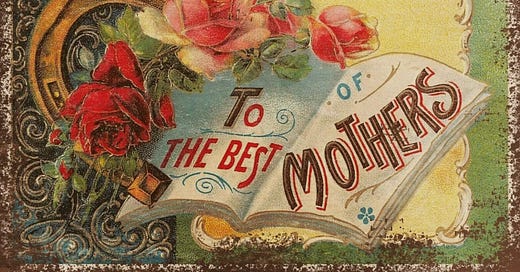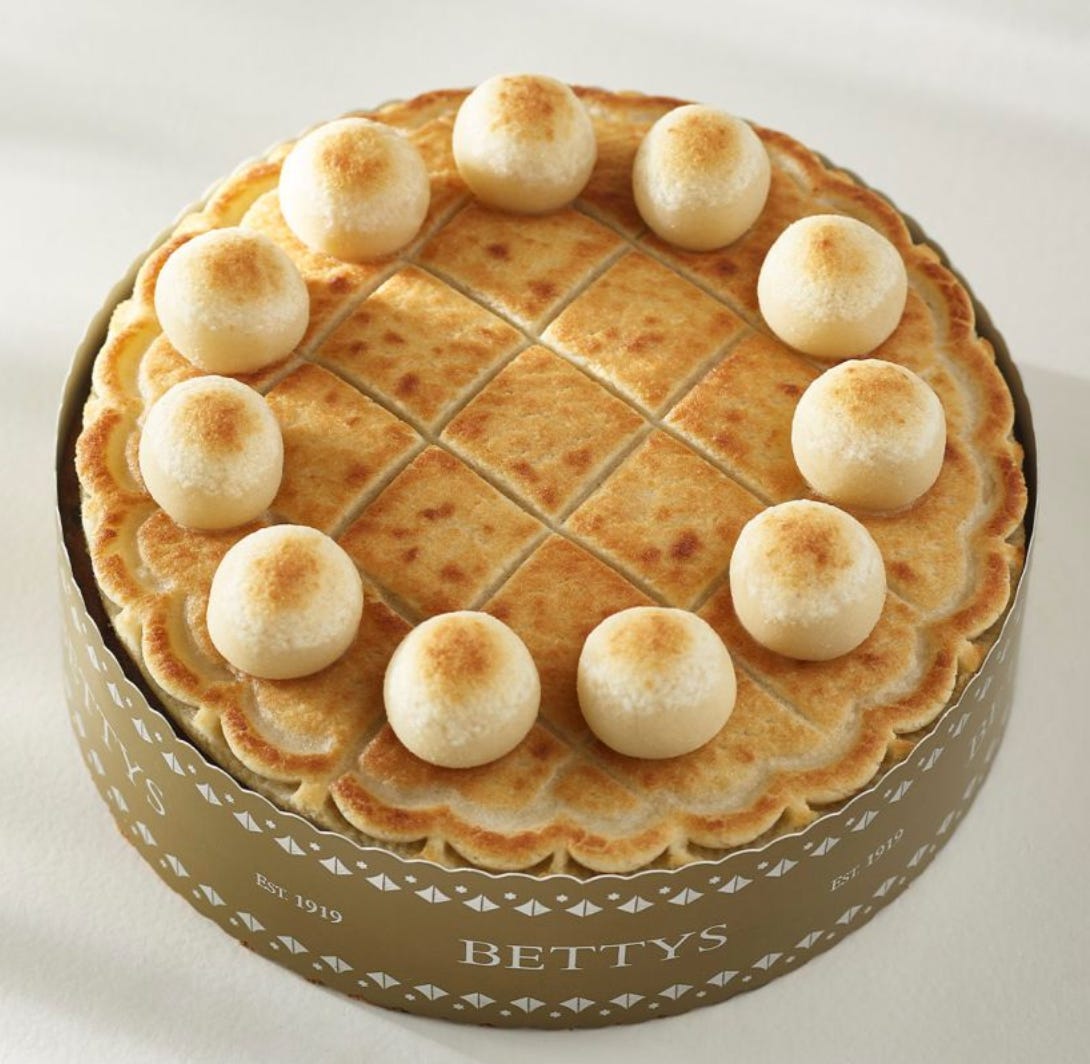Mothering Sunday
Celebrations bring people together. They trigger feelings of happiness and belonging.
I am interested in the evolution of celebrations. Whether they are national holidays or gatherings with loved ones, these events reflect our culture and how our attitudes change. In the UK we celebrate Mother’s Day on 25th March, while in the USA Mother’s Day is on 11th May. The two celebrations came from very different beginnings.
Some of my thoughts and recollections from Scotland. I hope they will encourage you to share your own Motley Stories about the everyday things in your life, and how things change. Our ordinary lives will one day become significant and contribute to history. So, let’s share our stories, capture them in photos, and preserve them for future generations.
Mother’s Day in the USA originated in 1908, when Anna Jarvis held a memorial for her mother in Virginia. The concept gained widespread popularity, leading to its declaration as a national holiday in 1914.
However, Mothers Day in Britain has a much older origin, and it starts not with a human mother, but a Mother Church, on Mothering Sunday. It has been celebrated since the 16th century, when it was customary for people to visit their ‘mother church’1, on the fourth Sunday in Lent.
The Mothering Day holiday evolved in the 19th century. This was a time when daughters as young as 14 often worked as servants away from home, and had little free time. But on Mothering Sunday they were allowed to visit their mother church and reunite with their family, particularly their mother. The family gathering, and the joy of seeing their mother, was the beginning of Mothering Day celebrations in the home. The sentimental Victorian era probably contributed change in focus to the celebration of mothers, and to the inclusion of cards and flowers.
Simnel cake is a traditional treat eaten on Mothering Sunday. It was originally baked to eat during the mid-Lent respite from fasting.2 The fruit cake is decorated with 11 marzipan balls representing the apostles, excluding Judas Iscariot who betrayed Jesus. This is Mary Berry’s recipe for Simnel cake, if you would like to make it.
A small posy of spring violets was traditionally presented to mothers on Mothering Sunday. It was a charming reminder of the approaching warmer weather. When I first moved to London there were women selling violets on street corners, but they have disappeared, and violets are seldom seen in florists.
“I know a bank where the wild thyme blows, Where oxlips and the nodding violet grows, Quite over-canopied with luscious woodbine, With sweet musk-roses and with eglantine.”
William Shakespeare, A Midsummer Night’s Dream.
Do you have any traditions you follow on Mothers Day?
Sadly, not all celebrations are happy times. Mother’s Day can be an emotional time, highlighting strained relationships between mothers and their children. Or evoking feelings of sadness for those who are adopted, or whose mothers are no longer with us. As there are more blended families nowadays, due to divorce and remarriage, there are further complications.
As a child I was overwhelmed by the expectations of Mother’s day. I had a surfeit of ‘mothers’, including my mother, my grandmother who raised me when I wasn’t at boarding school, and two stepmothers (not at the same time!). None of them were very good at mothering.
Other viewpoints
MotherSongs: Poems For, By, and About Mothers Hardcover. Edited by Sandra M. Gilbert et al. Sadly out of print, this book is a unique collection of verse about maternity and the celebration of motherhood. While I appreciate the modern, realistic way motherhood is described in verse, I love the idea of being described as “mythic mothers, mother goddesses, and nurturing muses”!
Our mothers (and fathers) will not always be around. Have you asked them their stories? There are guided memory journals with prompts, to help your mother write her story; this is one example.
Baking is almost synonymous with Mothering Sunday, Spring and the celebrations around this time. The queen of baking in the UK is Mary Berry, and her book Mary Berry's Baking Bible has many excellent recipes.
The Mother Church usually refers to the “primary church of a Christian denomination or (arch)diocese, i.e. a cathedral church. For a particular individual, one's mother church is the church in which one received the sacrament of baptism. The term has specific meanings within different Christian traditions”. Source: Wikipedia
In the Christian church, Mothering Sunday is also called Mid-Lent Sunday or Refreshment Sunday, referring to its sense of respite halfway through this season of fasting and penitence.








I had no idea of these earlier origins in the UK. Is my American bias showing much? Thank you for enlightening me on this much longer and richer tradition.
I'm struck by the image of young women working as domestic servants and looking forward to a trip home on Mothering Sunday.